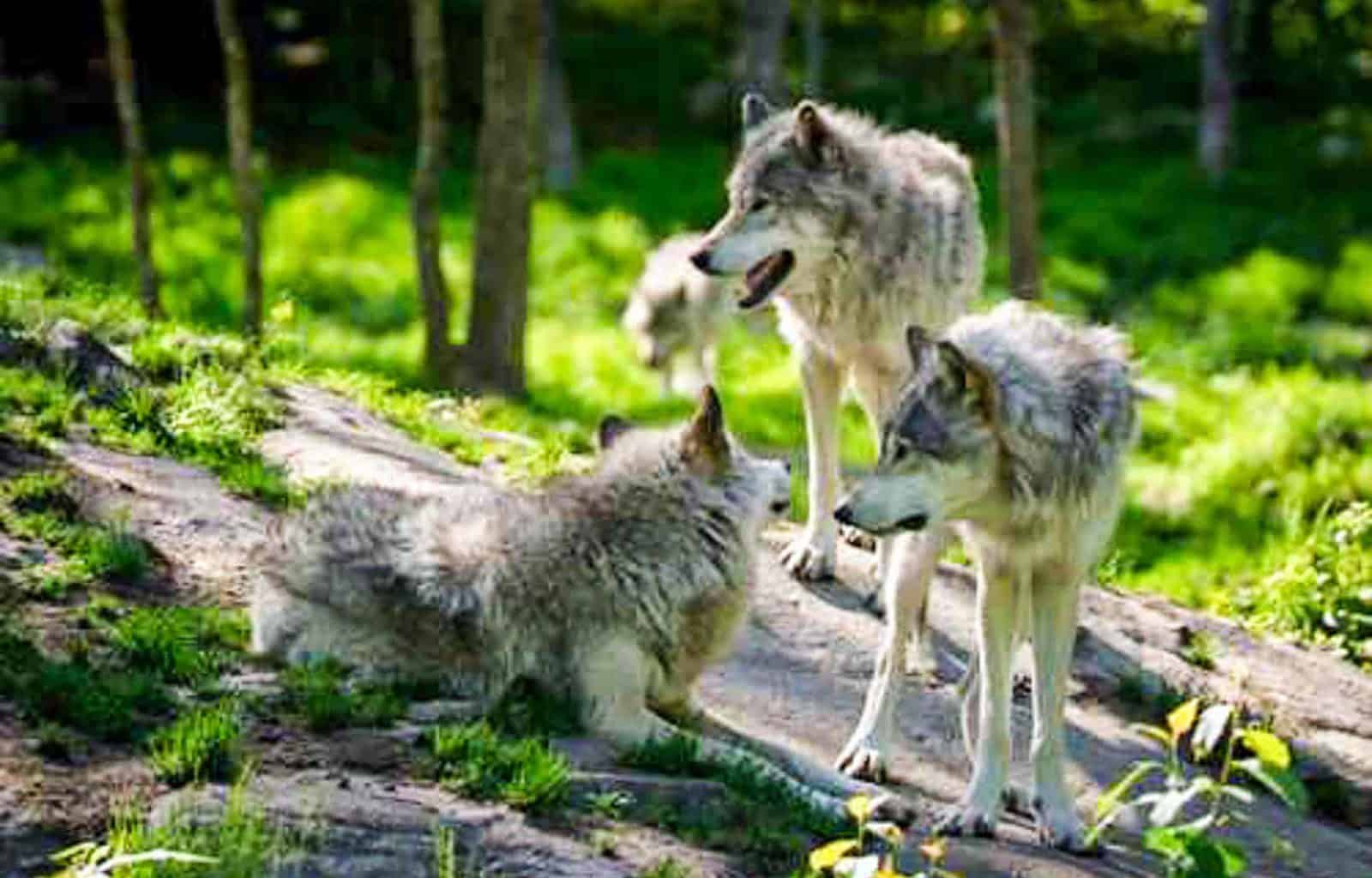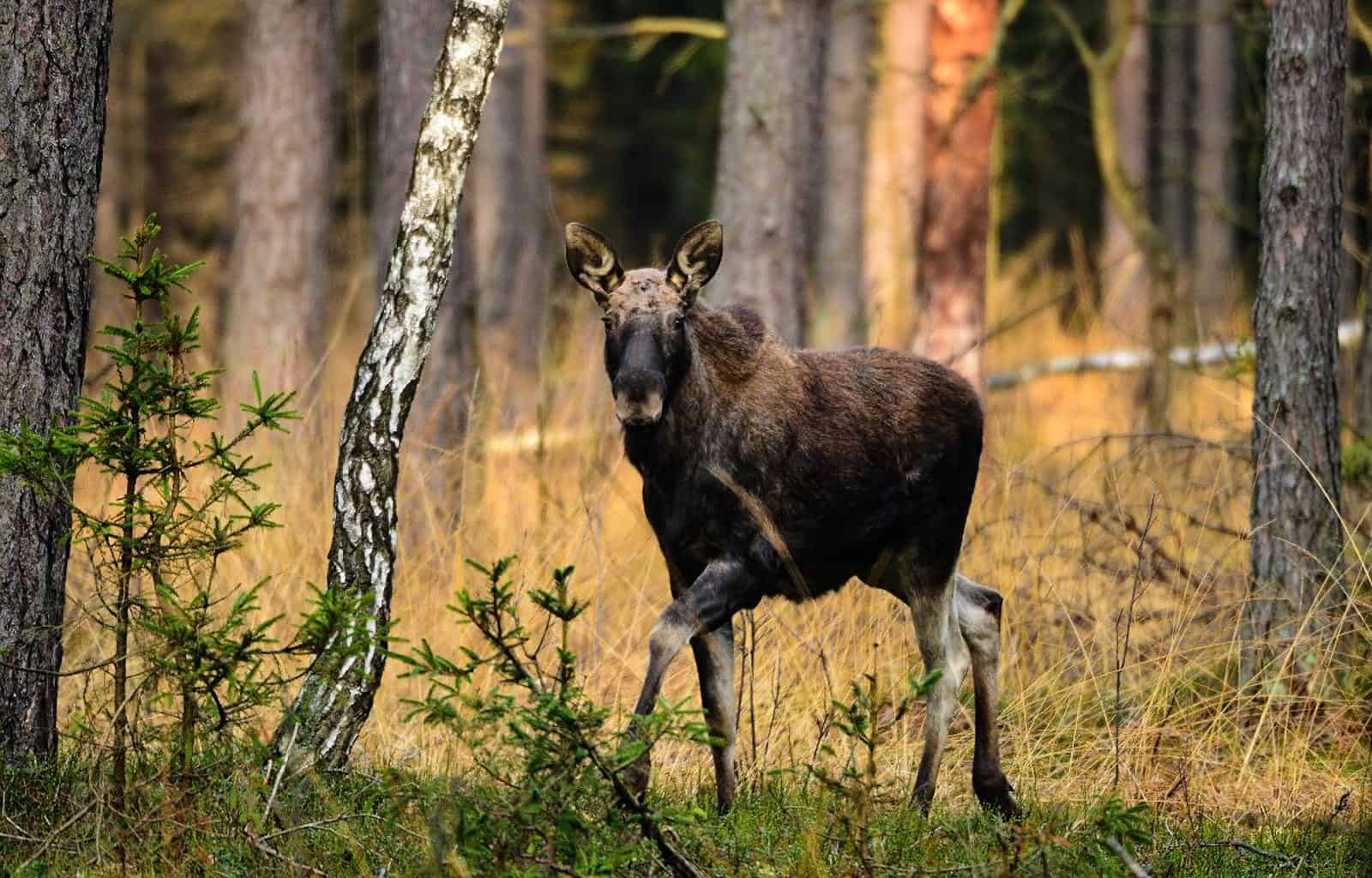Forest fire in Germany and its aftermath
A recent visit to Northern Germany by the Western Colorado University and European Wilderness Society hosted by Eberswalde University for Sustainable Development, and communal foresters, highlighted the complex challenges that foresters currently face in the aftermath of forest fires in the age of climate change. Foresters must balance economics and biodiversity conservation in both the short and long term. It is even more complex when it is necessary to plan for centuries into the future, when you are unsure what impact climate change will have had on the landscape.
Please also read: Adapting sustainable forest management to climate change
6 months after the large forest fire in Germany
6 months ago, the area of Treuenbrietzen, Brandenburg was hit by a large forest fire. What was ignited on August 23 2018 by a heatwave, quickly became one of the largest forest fires in the last years. More than 600 firefighters were at times trying to stop the ground fire from spreading into villages blocking a rail line and a provincial road. More than 500 people had to be evacuated from their homes and the smell was noticeable in nearby Potsdam.






images from the fire department Bad Belzig.

This case shows the challenges modern forestry faces with the increased threats caused by drought and floods due to climate change. The devastation on such a large scale is something that we will see more and more in Germany and other parts of Europe.

Forest experts are expecting forest fires for some years now and warn that these will become the norm. The monocultures of the 80-100 year old conifer forest typical for Brandenburg are especially susceptible to such fires. This is due to the lack of forest diversity and the dry environment. 10 years ago the snow during winter provided some humidity, but local foresters informed that in the last 10 years the region has not seen any snow. In fact all year round, there has been dangerously low precipitation. This coupled with the increase temperatures and the monoculture make these forest prone to burn or be victims to storms.
Experts surveying the damage
A team of forest experts from Western Colorado University together with the researchers of the Eberswalde University for Sustainable Development and the forest experts of the European Wilderness Society visited the area a few days ago and saw the damages the fire caused.












After one fire is before the next fire
What stunned all attending experts even more, was the fact that local private foresters started a timber salvage operation. This operation is removing almost all of the fire scorched timber from the area. Economically this makes sense in the short run, but will cause serious headaches for the future. This is because the area is sandy, and the removal of the timber has now exposed the ground soil. Sandstorms and dust will become common here.








Replanting conifers – a questionable proposition
The real challenge is the question with what tree species to replant the devastated area. Conifers are economically the most likely, but conifers in Northern Germany under climate change will not be the best proposition. This is because conifers will likely suffer the most. Looking at some of the other local species that naturally grow, a mixed forest is the best proposition. For example, beech, European oak and other broadleaf trees would have a higher chance of surviving the drastic climate changes in this part of Europe.
Coifers are under extreme pressure everywhere in the world due to climate change. Diverse stands including broadleaf trees are expected to increase forest resilience to the effects of climate change.

CleverForest: Monitoring the self recovery of a fire damaged forest
There are some areas where the timber cannot be removed due to munitions from WW2 still in the ground. In one of these areas the Eberswalde University for Sustainable Development will start a long term monitoring project, CleverForest, to evaluate the positive effects of leaving the timber biomass standing, to protect the soil from wind and rain erosion. This is a joint project between the university and the city of Treuenbrietzen. The project will involve collaboration with international colleagues to make use of existing forest fire management knowledge, for example this current visit of European Wilderness Society to north Germany!
We are glad to have the opportunity to monitor the self recovery of a fire damaged forest. We will apply and compare different treatments in post-fire management, and hope to learn a lot from this to better consult foresters. Not only will we minimise fire risk, but also learn how to replant fire stricken areas to be more climate change resilient.

As part of an Austrian financed forestry and climate change project, European Wilderness Society will work with foresters, and will draw conclusions about this visit to apply to the current forestry situation in Austria.








21st century and still not able to out forest fires quickly. Pollution more than all the cars combined. Billions wasted using old out dated methods. Small aircraft and helicopter pouring water and powder fire retardant. Half blown away by wind. The reminder hitting the tree tops. Need giant water balloon precision drops and giant GPS ground hitting fire retardant bombs. Using largest jets. Rotation of jumbo jets equipped with these tools and fire out in days. No lost of life and property. You don’t put out a camp fire with cups of. You use a 5 gallon bucket to the base of fire. Need fire engineers to develop modern jumbo jets equipped with these tools. Ready to go. Natural causes or terrorism will create billions in damage. Need to modernize using jumbo jets equipped with these tools.